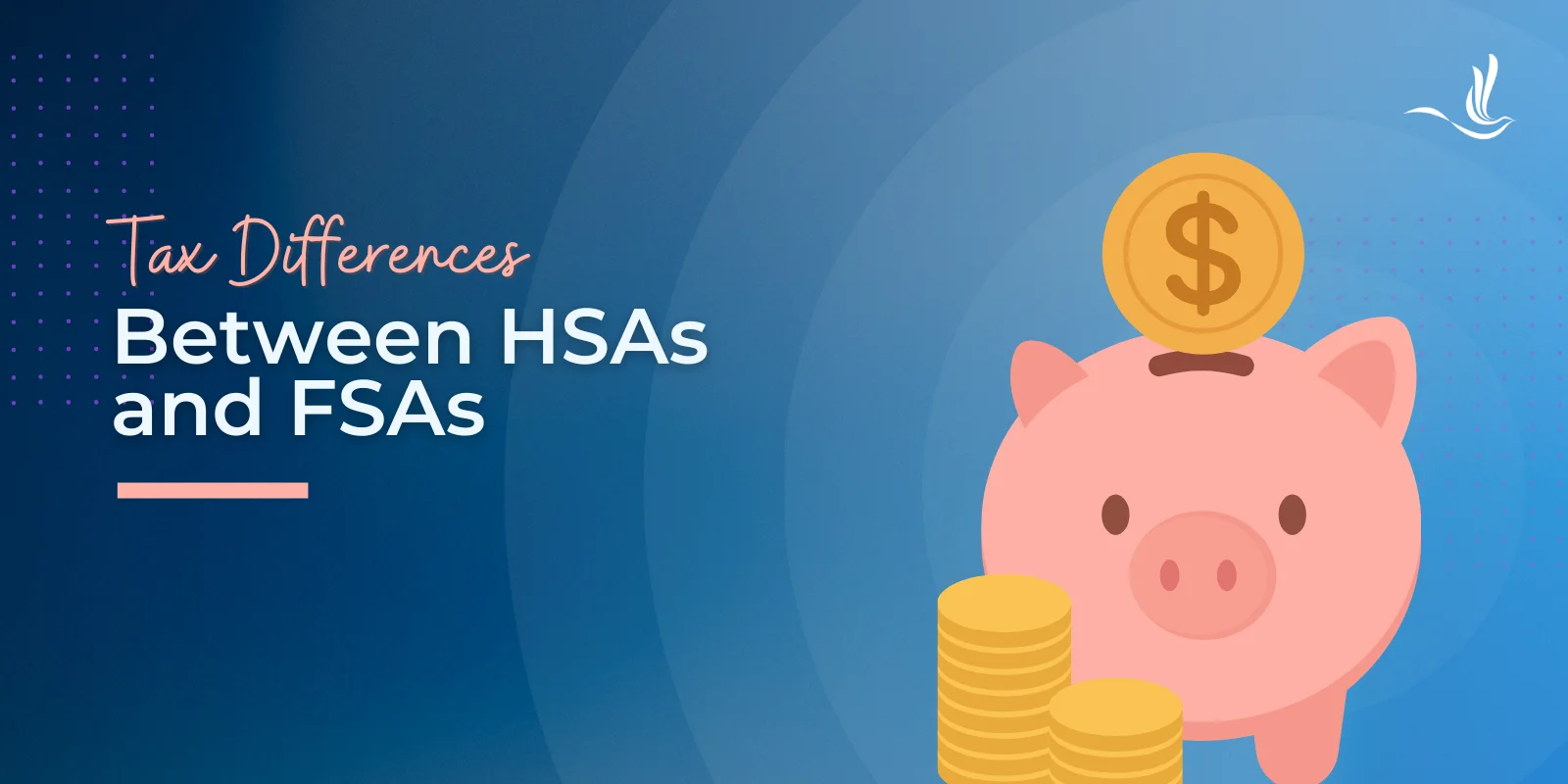While us Brits may only get a few days of proper summer weather a year, our love for ice cream always endures, come rain or shine. The traditional ice cream van and its classic chimes have truly earned their place as a summertime staple in the United Kingdom, but are we witnessing them become frozen out?
Seventy years ago, there were around 20,000 UK ice cream vans to buy your favourite iced treat from, but despite their nostalgic and beloved place in our culture, the decline of the ice cream van is becoming clearer, with numbers dwindling exponentially over the last few decades.
For many, ice cream van owners and consumers alike, this will be sad news, but it begs the question: how many ice cream vans are left in the UK?
According to the Ice Cream Alliance, there were thought to be 2,500 to 5,000 vans still operating in the UK in the last half-decade, with just 10% actively street trading. However, our data – collected from 362 councils between May and July 2025 – paints an even bleaker picture.
Keep reading to find out the scoop on just how many ice cream vans are left in your region and the country as a whole.
There are 1,509 ice cream vans that councils are aware of in the UK. This includes licensed street trade vans and those with permission from their local council to operate in certain areas, plus any others operating that they were aware of.
However, this is not equally divided between the four countries.
Number of licensed Ice cream vans in the UK by country
It may seem like the presence of ice cream vans is melting away, but this isn’t necessarily true in every country, so let’s break it down further.
We should note that, if a council wasn’t able to specify a number, didn’t provide street trading licences or consent (so ice cream vans don’t need to inform them) or did not respond, their district was given a zero. If there isn’t a record of licensed vans in a specific area, this doesn’t necessarily mean there aren’t ice cream vans operating in the area, but it can still give us a rough idea.
In some cases, we were referred to the public licensing register, in which we identified ice cream traders by their name (if not already specified).
England
Number of ice cream vans counted: 1,036
On paper, England looks to be the best served for ice cream. It has the largest number of vans, with over three times the amount Scotland has and over 10 times the number in Wales and Northern Ireland. Our data ranks it lowest, though, because it has the fewest vans compared to population size.
Ice cream vans in England: Regional ranking
Each council has different rules for trading in its area, and not every ice cream van owner has to be licensed by, or have permission from, their local council. Their licence will only be valid in the area that’s been permitted. Even itinerant traders, like ice cream vans that move trading locations, have to follow local rules set by the council.
The data we collected from councils across the UK can be divided into our ranking of regions below.
Surprisingly, the best area for ice cream vans in England is the north, with the east and west regions claiming the top two spots in our ranking. The North West also has the most total ice cream vans compared to any other region in England and the UK, with a huge 265 vans.
When it comes to finding a screwball or a delicious double cone, Greater Manchester is the place to go, leading the way with 117 vans. This is 100 more than the national average per county area. Lancashire follows in second place with 61 vans.
Moving to the South, Kent is the third-best-performing county with 55 ice cream vans, but the majority of them are only in three (Medway, Folkestone and Hythe and Swale) of the 13 districts. Three of the other districts actually don’t give out licenses at all.
It may shock you to see the nation’s capital at the bottom of our list. London only has 58 vans in total, with South London having 27 and West London having 22 vans. North London lets the side down with a measly four. London’s figures aren’t helped by the increasing number of street trading bans being approved across the city, with Greenwich being the latest spot to have another ban voted for.
Norfolk may be known for its coastline, arguably the perfect spot for a soft serve, but four out of 10 districts do not license ice cream vans. Breckland and North Norfolk have 13 and 10 ice cream vans respectively, but King’s Lynn, which is very close to the coast, has ‘none in the borough’ according to the local council.
The West Midlands has a notably disappointing turnout. In Rugby, there are no currently licensed ice cream vans, and in both Birmingham and Coventry, they don’t license them at all. Sandwell has 17 ice cream vans, while Warwick, Stratford-Upon-Avon and Nuneaton and Bedworth only have eight, seven and three vans respectively.
Wales
Number of ice cream vans counted: 80
Naturally, as a smaller area, Wales has significantly fewer ice cream vans but more per 1,000,000 than England.
Ten of the 22 regions either don’t have ice cream vans recorded or don’t license them, but it isn’t all doom and gloom, as Gwynedd and Swansea have a more-than-reasonable 13 vans in each region, which is the most in Wales.
Wales has 600 prohibited streets or areas in total, making it hard for ice cream van owners to pitch up in the country. Over 300 of these are in its capital, Cardiff.
Joining Cardiff with no ice cream vans registered are Carmarthenshire, Denbighshire, Powys, Ceredigion, Flintshire, Vale of Glamorgan, Wrexham, Bridgend and Merthyr Tydfil.
Northern Ireland
Number of ice cream vans counted: 74
Impressively, every single region of Northern Ireland has licensed ice cream vans.
The Causeway Coast & Glens takes the lead here with 12 vans, but Belfast City is close behind with 11. At the other end, Lisburn & Castlereagh City only has one van recorded.
In a positive for business owners, nearly the entire country has not specified any prohibited streets, but there are around 180 in Ards and North Down.
Scotland
Number of ice cream vans counted: 319
Though it isn’t known for having beach weather, Scotland reigns supreme when it comes to the number of ice cream vans per 1,000,000 people.
North Lanarkshire pulls away from the pack with 45 ice cream vans, the highest we can see
across any single region in Scotland, Northern Ireland and Wales. Fife has 32 and Glasgow City has 27, which are still impressive numbers compared to other parts of the UK.
Scotland has 32 councils, and only three have no vans registered: Angus, North Ayrshire and Clackmannanshire.
Approximately 50 banned streets and zones exist in the whole of the country.
Why are UK ice cream vans disappearing?
Before we stop waffling, we should address a possible reason for the decline in mobile sweet treats.
Firstly, many of us will be feeling the pinch when it comes to finances, and it’s no different for ice cream van owners. Though the cost of fuel has fallen after reaching a significant high in 2022, it still poses quite the financial burden on those having to refuel regularly, and the damage to mobile businesses may already be done. The rising cost of living has also, of course, made buying ingredients more expensive, with supermarkets and wholesale distributors having to up their prices. If these price hikes aren’t being absorbed by the traders themselves, they’re being passed on to the consumer, who may be increasingly less inclined to accept them.
Speaking of supermarkets, these may also be contributing to changes in consumer behaviour, which are then reducing the ice cream van trade. With so many ways to buy sweet treats like ice cream, including conveniently popping into your local shop or buying bulk online, many Brits no longer feel the need to wait for their local van to drive by.
The environmental impact of mobile businesses like ice cream vans also continues to be argued, not to mention the noise pollution they create. They may be nostalgic, but if you’re working from home or don’t want your kids begging for a Mr Whippy, an ice cream van jingle near your property could be the last thing you want to hear.
These issues, amongst others, have led to a number of street trading bans popping up across the country.
As we mentioned above, London has made headlines when it comes to local councils voting to ban trading on certain streets, with around 130 areas recorded. If they’re not banned, there may still be time restriction rules in place to make running an ice cream van business incredibly tough. This will no doubt be a huge factor in the ice cream decline we’re seeing.
When contacting councils, we also asked about specific bans or rules for street trading within each council area to approximate the number of streets and zones where trading ice cream vans were prohibited.
Lancashire has around 700 prohibited streets, with 200 of these being in Blackpool. Blackpool Council has recorded no licensed ice cream vans. Trafford is also a big contributor in the North West, with over 300 prohibited streets recorded. Unsurprisingly, it only has three registered ice cream vans.
The North East may rank well for the number of ice cream vans, but when it comes to prohibited streets, Tyne and Wear has around 500 prohibited areas, with Newcastle having 400 of these alone.
Durham County is close behind with approximately 350 prohibited streets.
From our findings, we can see this is becoming more common. We’ve listed the top five areas in the UK with the most prohibited and restricted areas below:
These are approximate numbers based on the street trading policy of local councils. These prohibited areas may be a street, zone or larger area.
Gerry Bucke, our general manager, said: “Getting a cone from the local ice cream van means something to all of us, so these numbers are disheartening for business owners and customers in the UK.
“Adrian Flux takes great pride in supporting ice cream van owners across all four countries, but it is clear that this beloved tradition will soon be on the way out if not addressed.
‘While E-vans might be a reasonable solution to the ongoing environmental concerns, keeping any form of ice cream van on our streets will require consumers to be supportive of them.
“If you’re lucky enough to still have a local ice cream van or spot one while you’re out and about, if you’re able to, have a cone for old time’s sake. A sweet treat and supporting a small business is a win-win situation.”
Ice cream van owner? Adrian Flux has you covered
Part of the running costs of being a business owner is having the right insurance, and for those running an ice cream business from their van, Adrian Flux can help. As a specialist insurance broker, we’re able to source affordable ice cream van insurance where other insurance companies cannot.
If you run another sort of catering business from your van, we can help you with that too, thanks to our catering van insurance.
Call us for a quote on 0800 089 0203 or request a callback at a time that suits you.
Publisher: Source link









![Capital One Venture X 100K Bonus with $10K Spend [Ending Jan. 5]](https://www.theamericangenie.com/wp-content/uploads/2025/12/Capital-One-Venture-X-100K-Bonus-with-10K-Spend-Ending.png)

